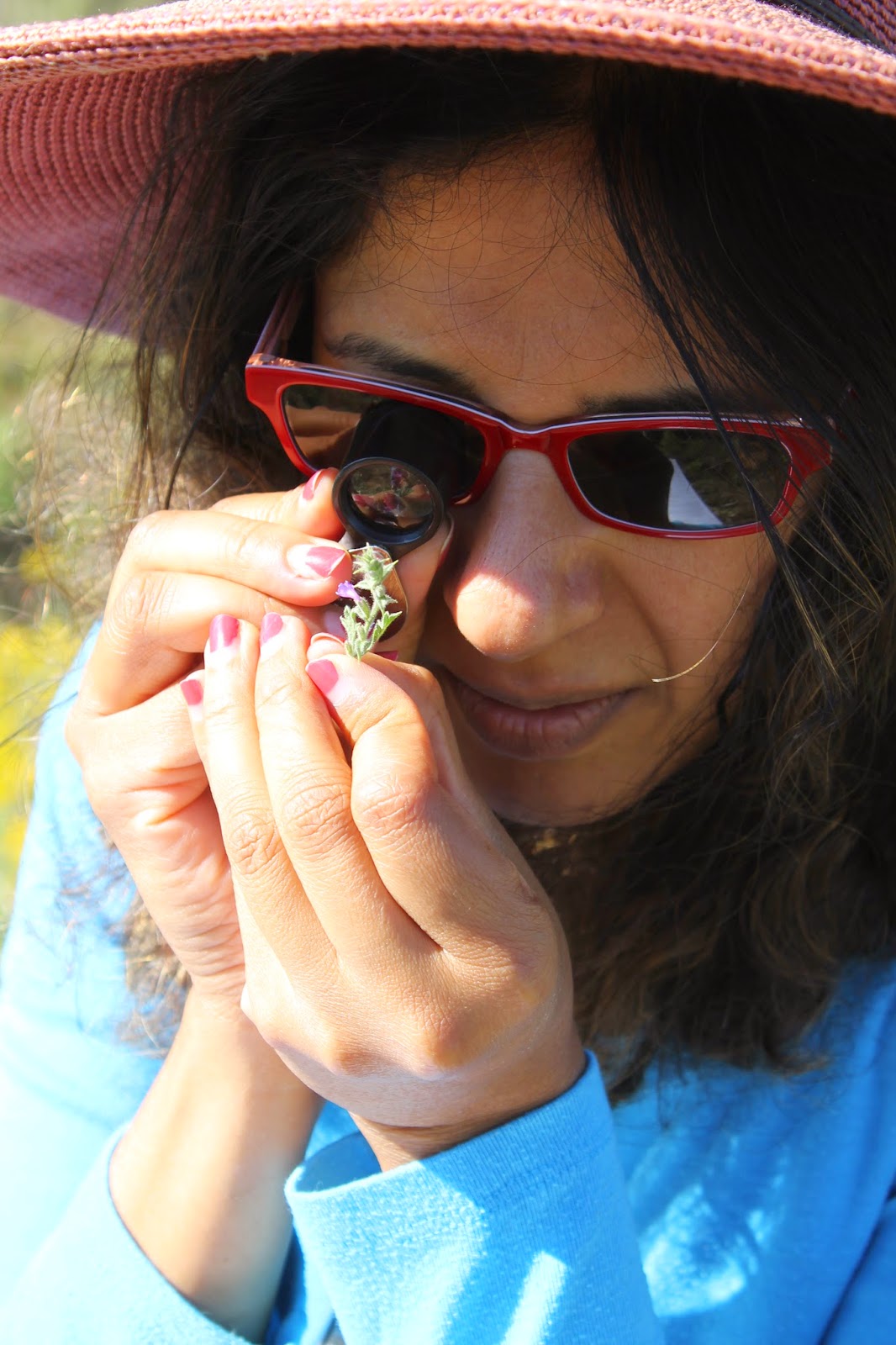The
Fall 2014 semester is about over. For many professors and students, it is a
busy spring to the end. But I deliberately arranged my schedule so that the
last week of classes would be leisurely. I have a review, an extra credit
video, and a time for them to come and ask questions. I did this partly because
I wanted to have some extra time in case bad weather or illness forced me to
cancel some classes. But I also did it because I realized that cramming
material into a course right up until the last moment serves no useful purpose.
Either
the students “get it” well before the last week of class, or they aren’t going
to. What do I mean by “get it”? What I want them to “get” is a few basic
points, and an appreciation of the importance of science. All the rest they can
look up online if they need to. I want them to get the basic points because, if
they do not, they will never see any reason to ever look up anything about
science in the future. I want to get them to see the world in a different way.
What
are some basic points? Here are a few for my general bio class.
- There is enough food in the world. Total agricultural productivity is enough to give every person on earth 2868 calories a day. Yet 805 million people worldwide are undernourished. The problem is not productivity but politics and economics. The best land is used for cash crops, especially for livestock feed. You don’t have to give up meat, but just eat less of it.
- You have pseudogenes. You are carrying around the evidence of your evolutionary ancestry inside your chromosomes.
- Plants (and photosynthetic microbes) keep the Earth alive. They produce all the oxygen, remove carbon dioxide, make all the food, hold down the soil, prevent floods, and help recharge aquifers.
- The key to a healthy lifestyle: Eat food, not too much, mostly plants (a quote from Michael Pollan); and exercise as part of daily life, e.g. walking. Frugality will make you healthy and happy and will help save the planet too. If you eat less meat, you will enjoy it more, according to numerous personal experiences.
- Notice things and think about what you see. Notice the trees and the birds and the fossils, and think about what they do and/or where they came from.
- Make a habit of thinking about why you believe what you believe. Demand evidence and be willing to search for evidence yourself. We all have biases. Be aware of your own biases.
If
they haven’t gotten this by December 1, they are not going to get it. I believe
that less is more when it comes to teaching: they will remember more if you
teach them fewer facts to memorize. None of them will make a bad political or
economic decision because they forgot what an endoplasmic reticulum is. I teach
for those who want to think, and I convey to them the joy of living a life of
thinking about the world rather than just being a member of the food chain. For
the rest, I just keep track of their attendance and grades.
Stan Rice, president














